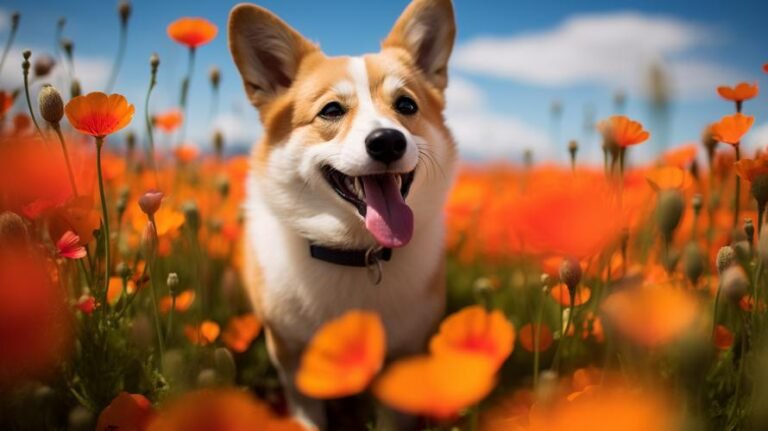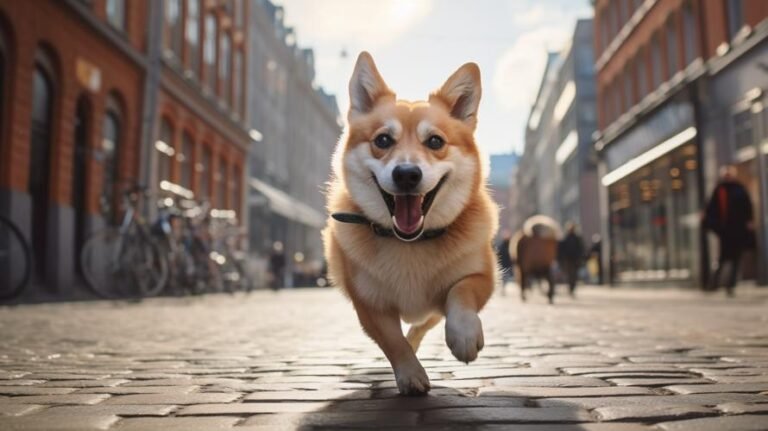Imagine a dog with six toes on each foot, flexible shoulders that can touch its neck, and ears that fold shut. That’s the Norwegian Lundehund, a unique breed known for its ability to hunt puffins on the steep cliffs of Norway. Their special skills make them acrobats of the canine world. But when it comes to what they eat, the quirky Lundehund’s diet might not need to be as acrobatic as their physical feats.
The grain-free dog food trend has swept the pet industry by storm. Everywhere you look, there are options that promise a more “natural” diet for your dog, claiming to be closer to what their ancestors ate in the wild. It’s enough to make any dog owner’s head swirl with questions. Should your Norwegian Lundehund join the ranks of dogs munching on these modern diets, or are they unnecessary hype?
First things first: understanding the basic dietary needs of your furry friend is key. Dogs, regardless of breed, are not strictly carnivores; they are omnivores. Yes, meat plays a vital role in their nutrition, but they can also benefit from grains, fruits, and vegetables. These ingredients provide essential vitamins, minerals, and fiber which aid in digestion and help maintain a healthy weight.
However, not all grains are created equal. Quality matters. Whole grains such as brown rice, barley, and oatmeal are nutritious options that provide dogs with energy and essential nutrients. But many lower-quality dog foods use fillers like corn and wheat, which offer less nutritional value and may contribute to food allergies or sensitivities in some dogs.
Enter the Norwegian Lundehund, a breed with a sensitive digestive system due to its historical isolation and limited gene pool. This sensitivity is where the grain-free debate gets particularly interesting. Although a grain-free diet is often marketed for dogs with allergies or food sensitivities, it’s important to understand whether the grains are actually the problem.
Veterinarians sometimes recommend grain-free diets for dogs with specific food allergies confirmed by elimination diets. Yet, for a breed like the Lundehund, the concern is even broader. This breed can suffer from a condition called Lundehund Syndrome, a set of digestive disorders that can make nutrient absorption difficult.
Before switching to a grain-free diet, it’s crucial to consult with a vet who understands this rare breed’s needs. The vet may run tests to check for allergies and food sensitivities. If grain doesn’t come up as a culprit, there might be no need to exclude it from your Lundehund’s diet.
Grain-free diets often substitute grains with legumes, such as peas, lentils, and chickpeas, or with potatoes and sweet potatoes. These ingredients can be good sources of carbohydrates. However, in recent years, the FDA has investigated a potential link between grain-free diets and an increased risk of canine dilated cardiomyopathy (DCM) in dogs. While the findings are not conclusive, it’s a crucial point for Lundehund owners to consider.
Moving forward with care, if you do decide to try a grain-free diet for your Norwegian Lundehund, you’ll want to transition slowly. Suddenly changing your dog’s diet can cause upset stomachs and digestive issues. Mixing increasing amounts of the new food with their current diet over a period of several days can help their system adapt without too much stress.
Beyond the grain or no grain question, the overall quality of the food is another significant factor. A high-quality dog food, whether it’s grain-free or not, should list real meat, meat meal, or fish meal as the first ingredient, not meat by-products or fillers.
As you dive into the available options, remember that not all grain-free foods are created equal. Look for varieties with a balance of nutrients that mimic what the Lundehund’s ancestors might have eaten. This includes adequate protein levels, healthy fats (like omega-3 and omega-6 fatty acids), and a good variety of fruits and vegetables.
Grain-free or not, a tailored diet that fits the specific needs of your Lundehund, taking into account their health history, lifestyle, and vet recommendations, is the number one way to keep them healthy and happy.
It’s also worth noting that variety can spice up your dog’s life too. Introducing new flavors and textures can enrich your Lundehund’s diet and prevent mealtime boredom. Just like humans, dogs enjoy a bit of variety. So feel free to include safe fruits, veggies, and other whole food treats that aren’t part of the regular kibble routine.
In conclusion, while Norwegian Lundehunds are indeed a special breed with particular needs, their diet doesn’t necessarily have to be grain-free unless specified by a vet for health reasons. Balanced nutrition with high-quality ingredients is what matters most. Providing your Lundehund with the appropriate diet can ensure they continue their acrobatic antics for years to come, with all six toes firmly planted on the ground – or hanging off a cliff – as nature intended.



